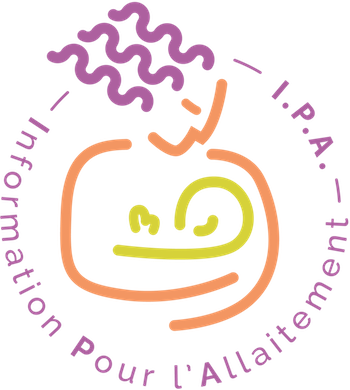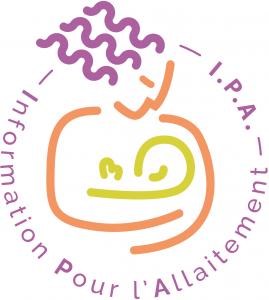Catégories
 > Physiologie > Physiologie nutrition > Composition du lait > Composition du lait maternel > Physiologie > Physiologie nutrition > Composition du lait > Composition du lait maternel
Composition du lait maternel |
Documents disponibles dans cette catégorie (192)
Ajouter le résultat dans votre panier Faire une suggestion Affiner la recherche
Article : texte imprimé
T. Yahaya, Auteur ; U. Shemishere, Auteur ; La Leche League France, Traducteur |Article : texte imprimé
Overall, several generalizations can be made: (1) most mothers receiving mAbs have unmeasurable or extremely low levels of the mAb in their breast milk; (2) about half of the mAb will be digested in the infant's tract; (3) negligible amounts of [...]Article : texte imprimé
Josef Neu, Auteur |Guidelines from the American Academy of Pediatrics recommend that all preterm infants receive mother's own milk or pasteurized donor milk if mother's own milk is unavailable.1 However, donor milk lacks sufficient levels of protein and other nutr[...]Article : texte imprimé
Rotavirus is a leading cause of severe dehydrating gastroenteritis in children younger than 5 years. Despite the introduction of live, attenuated oral vaccines in 2006, there are still > 200,000 rotavirus-associated deaths in children worldwide,[...]Article : texte imprimé
Article : texte imprimé
Miguel Angel Marin Gabriel, Auteur ; Ana Maria Malalana Martinez, Auteur |Aim: The objective of our study was to determine whether the SARS-CoV-2–positive mothers transmit the virus to their hand-expressed colostrum. Methods: This is an observational prospective study that included pregnant women who tested positiv[...]Article : texte imprimé
Magdalena Orczyk-Pawilowicz, Auteur ; Marta Berghausen-Mazur, Auteur ; Lidia Hirnle, Auteur |Background: Human milk provides a multitude of glycoproteins, including highly glycosylated α-1-acid glycoprotein (AGP), which elicits anti-inflammatory and immunomodulatory properties. The milk AGP glycoforms may provide the breastfed infa[...]Article : texte imprimé
Article : texte imprimé
Background: Studies demonstrate a protective effect of antibodies (Abs) in breast milk (BM) against mother-to-child transmission (MTCT) of human immunodeficiency virus (HIV). Contribution of the BM cellular component has been overlooked. The onl[...]Article : texte imprimé
Maryanne Tigchelaar Perrin, Auteur ; Erica Wilson, Auteur ; Ellen Chetwynd, Auteur |Background: Our understanding of the components of human puerperal milk is extensive and increasing, yet the literature on nonpuerperal human milk has been limited to studies that measure the success of induced lactation. Objective: This st[...]Article : texte imprimé
Wenyi Qin, Auteur ; Susan Raatz, Auteur ; Ke K. Zhang, Auteur |Background: Pregnancy-associated breast cancer (PABC) is aggressive and difficult to diagnose. High intake of most types of dietary fat is thought to increase breast cancer risk; however, results in humans supporting this premise remain equivoc[...]Article : texte imprimé
Lisa M. Stellwagen, Auteur ; Yvonne E. Vaucher, Auteur ; Christina S. Chan, Auteur |Objective: We hypothesized that pooling a mother's expressed breastmilk for 24 hours compared with individual pump session collection of milk would provide a more consistent caloric product without increasing bacterial contamination. Study De[...]Article : texte imprimé
Article : texte imprimé
Eva P. Browne, Auteur ; Signem E. Dinc, Auteur ; Elizabeth C. Punska, Auteur |Background: Breast cancer is the most frequently diagnosed cancer among Turkish women and both the incidence and associated mortality appear to be increasing. Of particular concern is the percentage of young women diagnosed with breast cancer; [...]














